The Importance of Direct and Indirect Trophic Interactions in Determining the Presence of a Locally Rare Day-Flying Moth
(2022)
Journal Article
O'Neill, H., Twiss, S., Stephens, P., Mason, T., Ryrholm, N., & Burman, J. (2022). The Importance of Direct and Indirect Trophic Interactions in Determining the Presence of a Locally Rare Day-Flying Moth. Oecologia, 198(2), 531-542. https://doi.org/10.1007/s00442-021-05100-9
Ecosystem engineers affect other organisms by creating, maintaining or modifying habitats, potentially supporting species of conservation concern. However, it is important to consider these interactions alongside non-engineering trophic pathways. We... Read More about The Importance of Direct and Indirect Trophic Interactions in Determining the Presence of a Locally Rare Day-Flying Moth.
